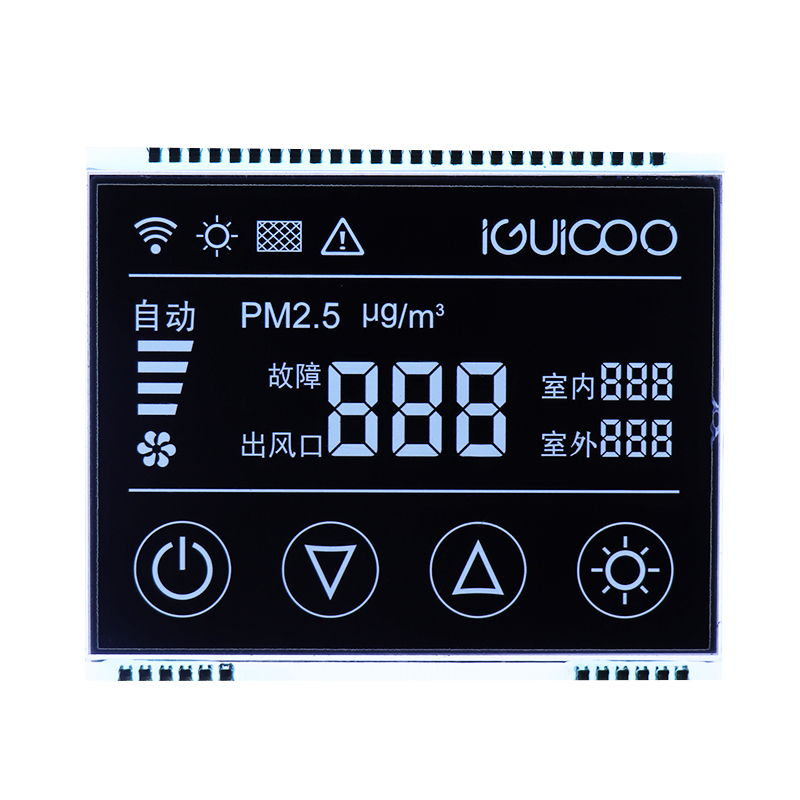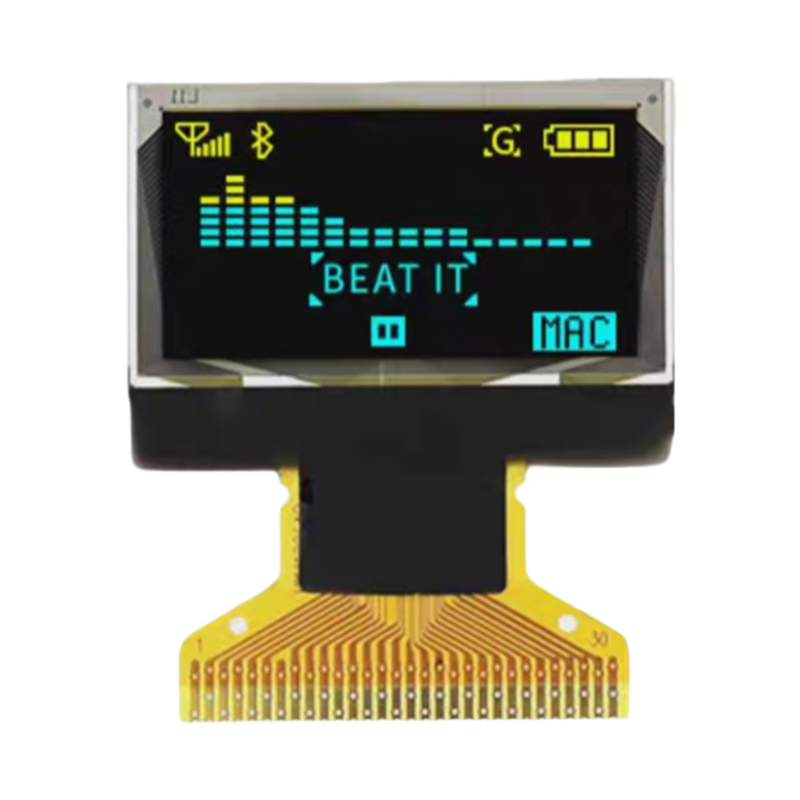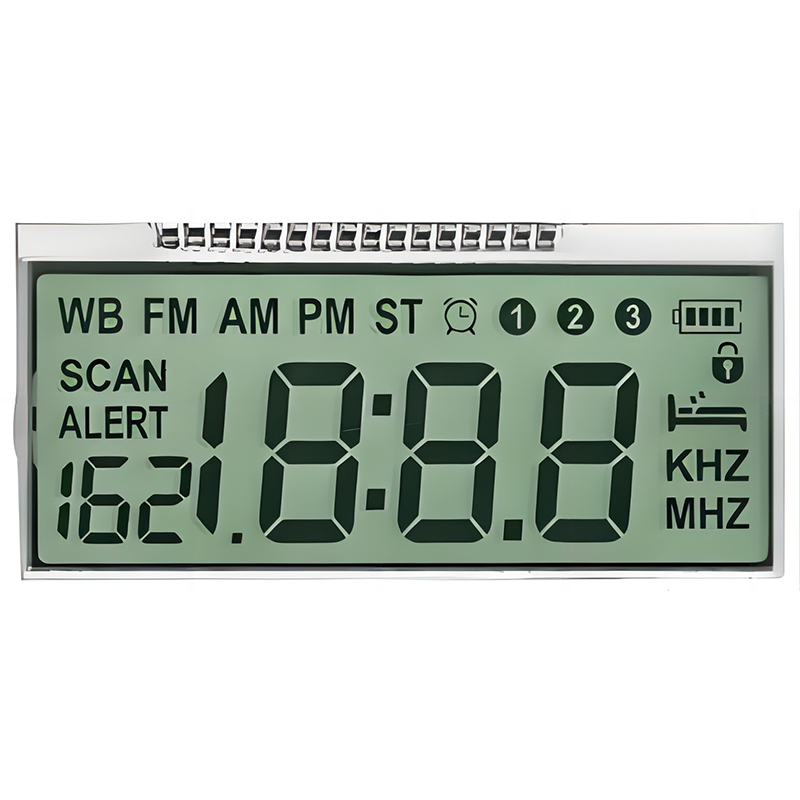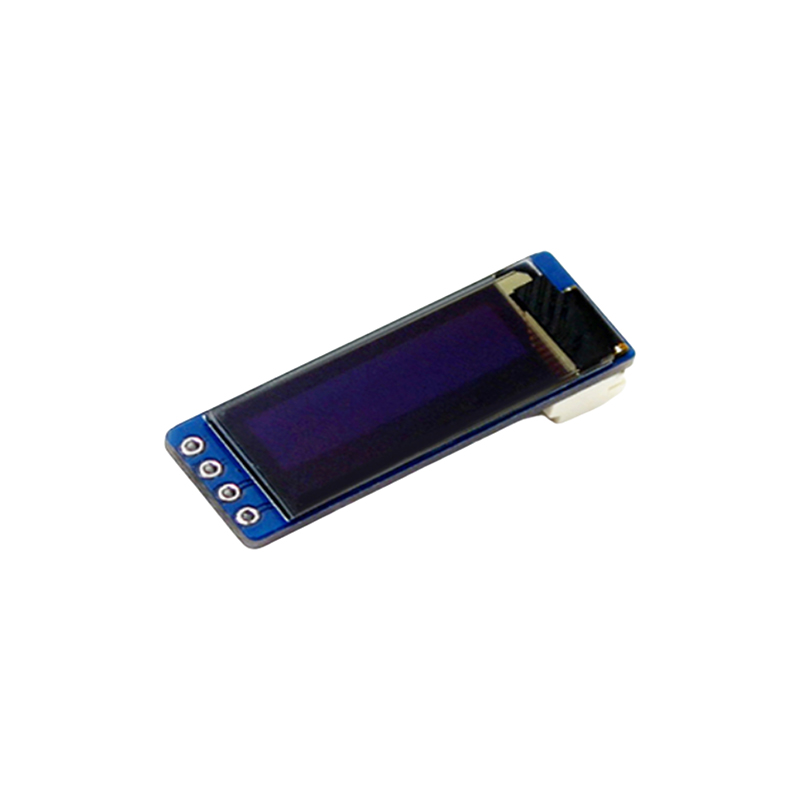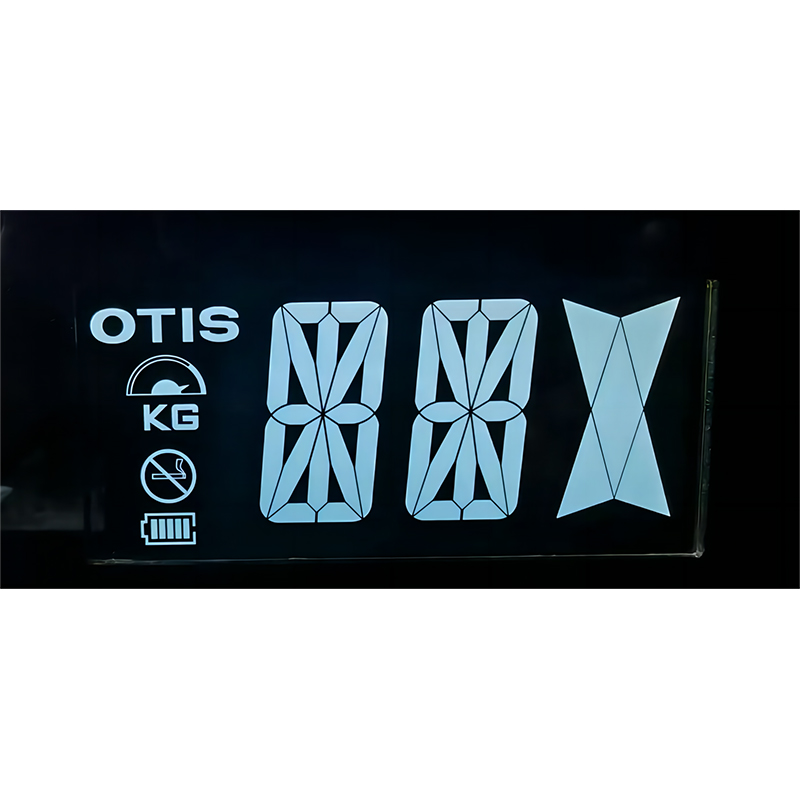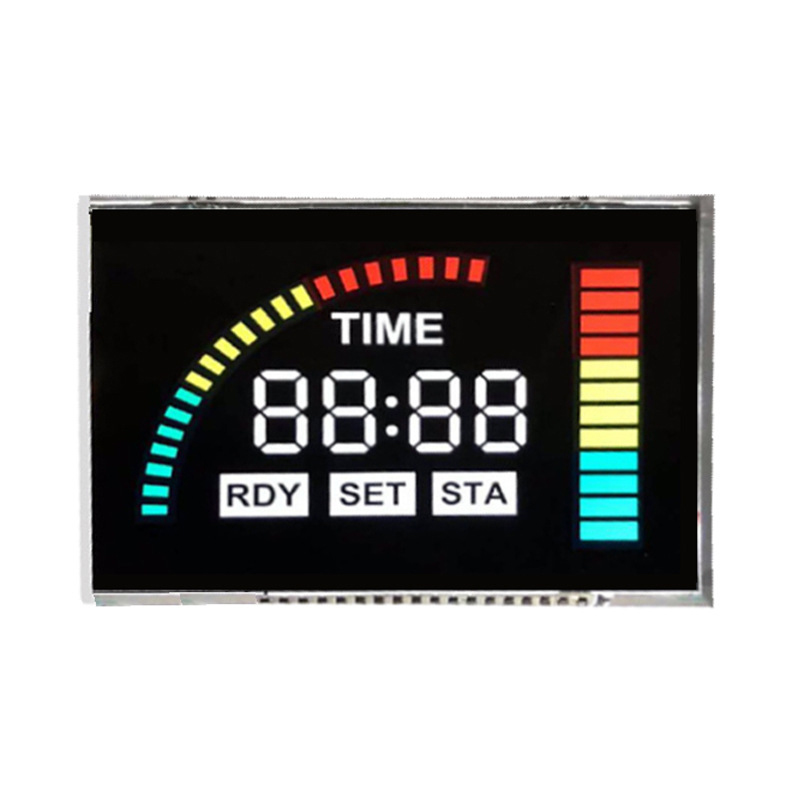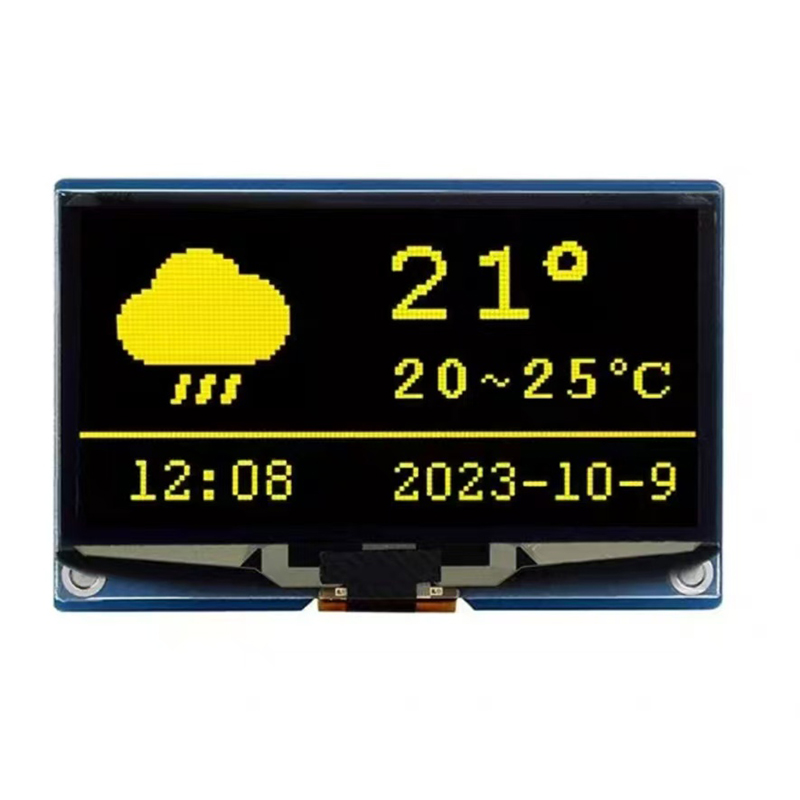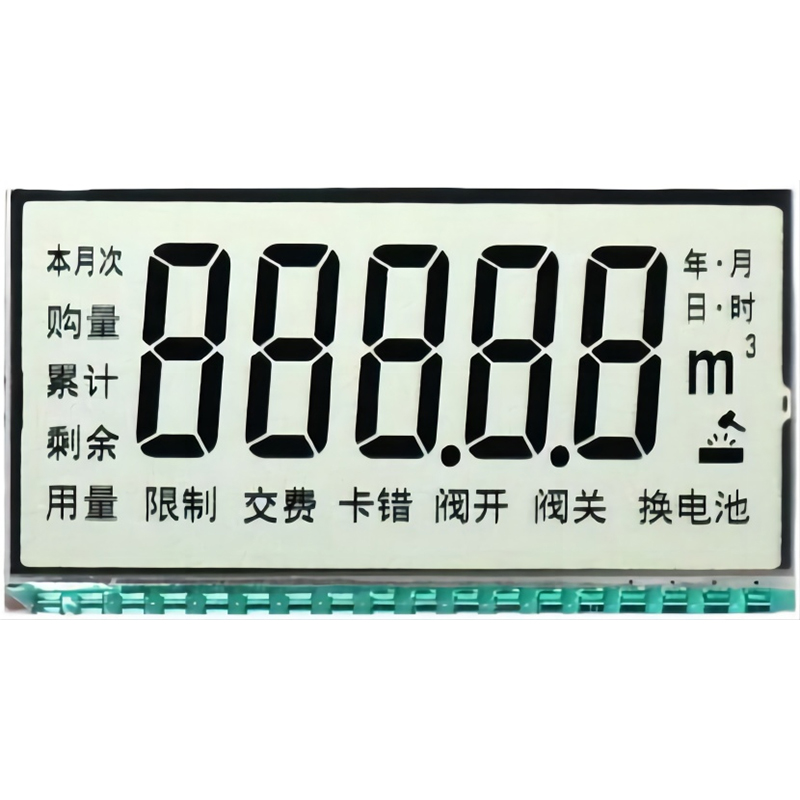
Choosing the right TFT display for your Arduino Due project can significantly impact the user experience and overall functionality. This comprehensive guide helps you navigate the options available, considering factors like resolution, size, interface, and ease of integration. We'll examine top-performing displays and provide insights to aid in your selection process, ensuring you find the perfect match for your specific needs. Whether you're building a data logger, a portable gaming device, or a sophisticated industrial control system, the right Arduino Due TFT display is crucial for success.
The Arduino Due, boasting a powerful ARM Cortex-M3 processor, offers flexibility in connecting to various TFT displays. Common interfaces include SPI and parallel. SPI is generally preferred for its simpler wiring and reduced pin count, while parallel offers potentially higher speeds for very demanding applications. Understanding these differences is critical in selecting the appropriate Arduino Due TFT display.
The resolution of your display (measured in pixels, e.g., 320x240) dictates the level of detail and clarity. Larger displays offer more screen real estate but often come with higher power consumption and increased complexity in terms of data handling. Carefully consider your project's requirements to find the optimal balance between resolution, size, and power efficiency when choosing your Arduino Due TFT display.
While numerous TFT displays are compatible with the Arduino Due, some stand out for their performance, ease of use, and community support. The following table compares several popular options:
| Display Model | Resolution | Interface | Features | Pros | Cons |
|---|---|---|---|---|---|
| ILI9341 based Display (2.4) | 320x240 | SPI | Wide availability, good color reproduction | Cost-effective, widely supported | Relatively low resolution |
| ST7735 based Display (1.8) | 128x160 | SPI | Small size, low power consumption | Compact, energy efficient | Limited screen real estate |
Consider these factors before making your purchase:
For high-quality LCD and TFT displays, consider exploring the options available at Dalian Eastern Display Co., Ltd.. They offer a wide range of displays suitable for various applications.
Selecting the best Arduino Due TFT display involves careful consideration of several factors. By understanding the key specifications and trade-offs, you can choose a display that perfectly complements your project, enhancing its functionality and user experience. Remember to factor in the interface, resolution, size, and power consumption to ensure compatibility and optimal performance.

